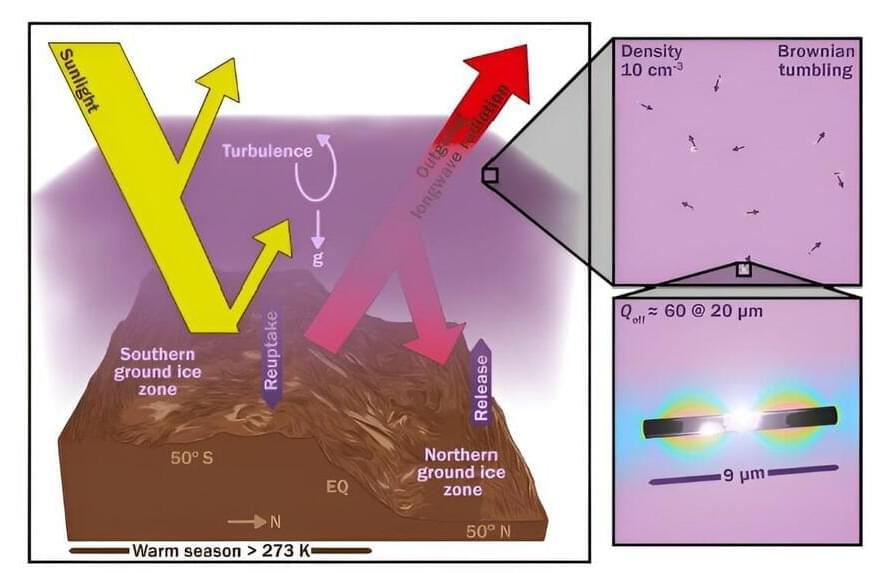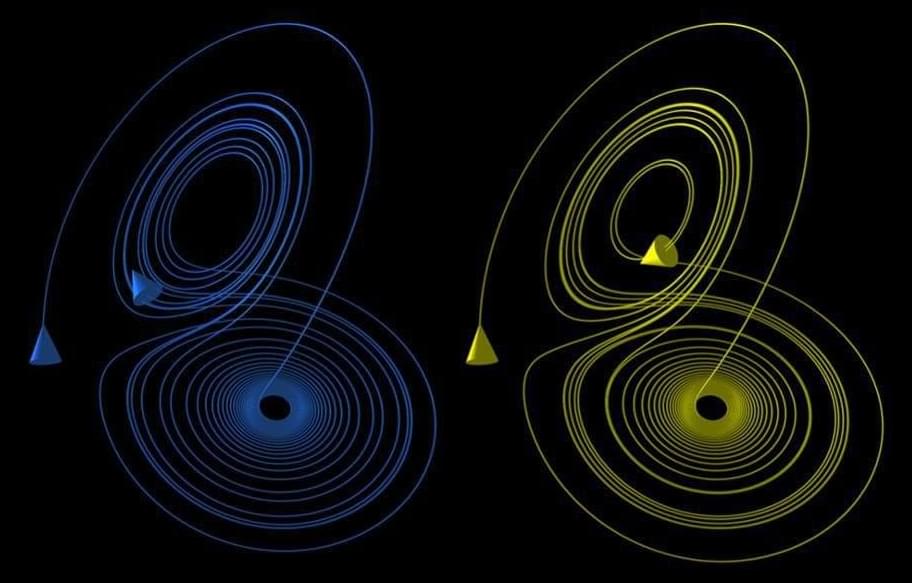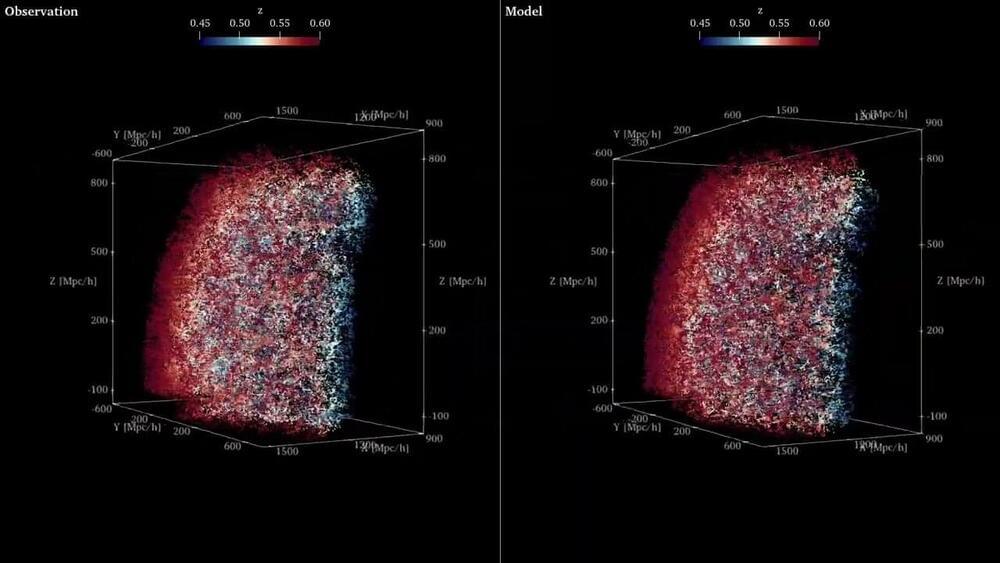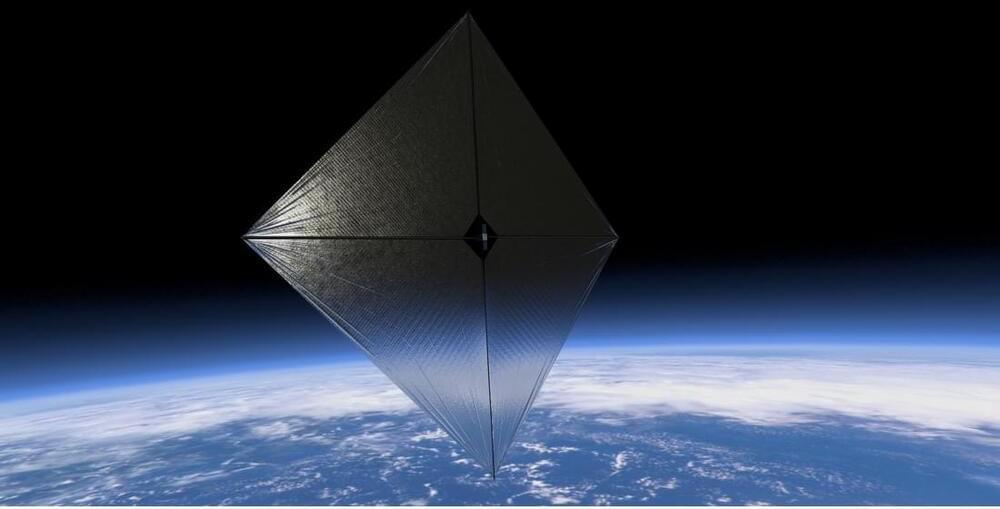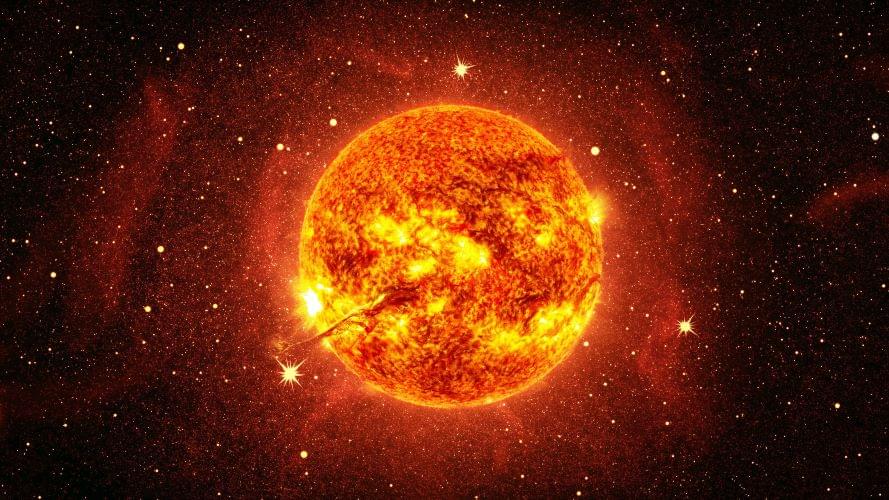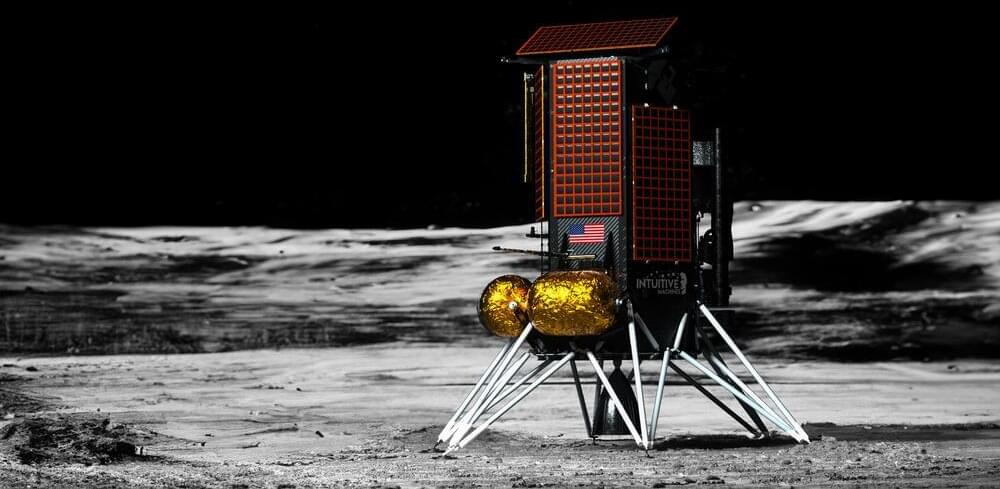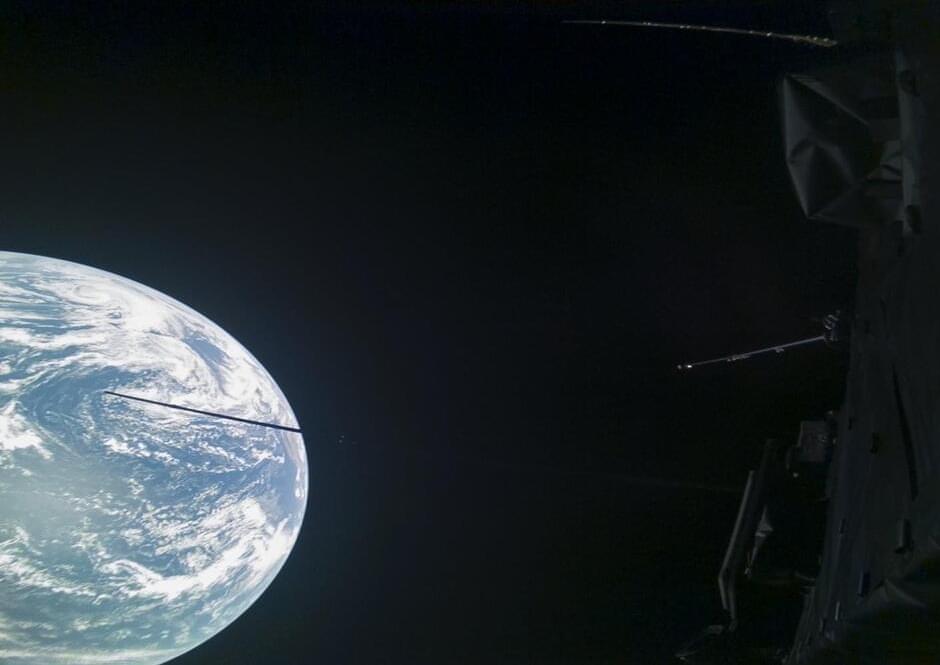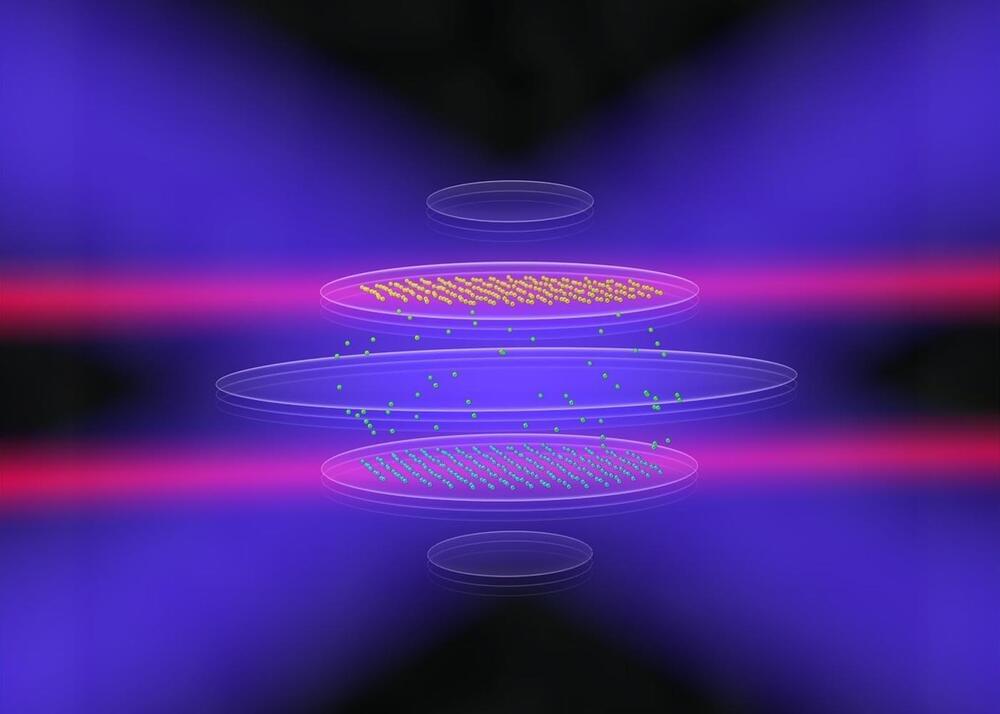Sep 1, 2024
Model Suggests Spewing Metal Nanorods into Mars’ Atmosphere could Warm the Planet by 30K
Posted by Natalie Chan in categories: engineering, environmental, nanotechnology, space
A small team of engineers and geophysicists from Northwestern University, the University of Chicago, and the University of Central Florida has found, via modeling, that creating millions of metal nanorods from material on the Martian surface and then blasting them into the atmosphere would be a more efficient way to heat the planet than generating greenhouse gases. Their paper is published in the journal Science Advances.
Science fiction writers have for many years envisioned a future when Mars is made habitable through terraforming techniques, allowing humans to survive without the need for special buildings and spacesuits. Recently, scientists have begun looking at the possibility, though most project ideas are far less ambitious.
Instead of completely transforming the planet, many are looking at simply warming it up a bit to make it more habitable. Most such ideas have centered on releasing greenhouse gases into the atmosphere to capture more heat from the sun. Unfortunately, there are few ingredients on the Martian surface that could be used to create and release such gases.
